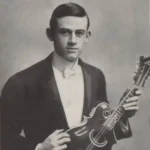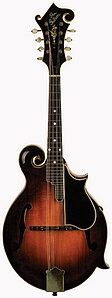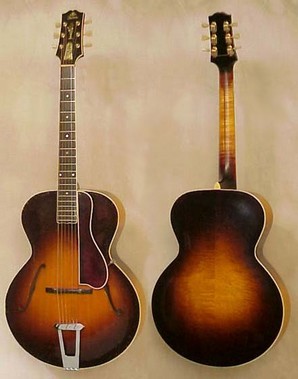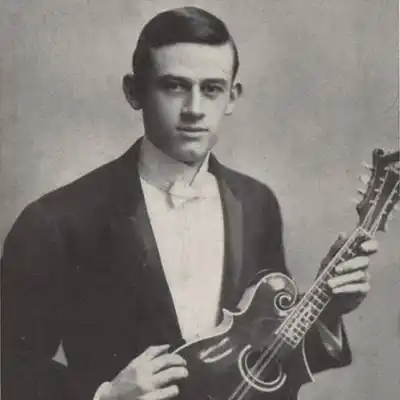
Lloyd Loar
Lloyd Loar, a name often whispered with reverence in acoustic music circles, is synonymous with innovative design, meticulous craftsmanship, and the transformation of stringed instruments.
Table of Contents
Early Life and Musical Foundations
The mandolin virtuoso, composer, and acoustic engineer Lloyd Allayre Loar was born on January 9, 1886, in Cropsey, Illinois. From an early age, it was evident that Loar had an intrinsic connection with music. He was not just a craftsman but also a performer, playing the viola, mandolin, and piano with finesse. This profound understanding of music played a crucial role in his later innovations.
Loar furthered his musical education at Oberlin Conservatory in Ohio, immersing himself in both performance and the theoretical facets of music.
The Gibson Era: Revolutionizing Stringed Instruments

A year after the death of Orville Gibson, in 1918 Lloyd Loar joined Gibson Mandolin-Guitar Co. Ltd., marking the beginning of a transformative era in stringed instrument design. He didn’t just serve as a mere employee but rather as a visionary acoustical engineer and designer.
He was a pioneer in the development of the electric guitar. In 1923 he applied for a patent for the electrostatic pickup and in 1934, together with Lewis A. Williams, founded the Acoustic-Lectric Co. in Kalamazoo. They produced acoustic guitars, mandolins, mandolas (10-string violins), mando cellos (also 10-string), and also magnetic pickups for guitars. They also brought an electric violin to the market.
Loar made some improvements to Orville’s original designs, which resulted in the production of the F-5 and L-5, mandolin and guitars series respectively. These were the first wound string instruments with ‘F’ holes.
The F-5 mandolin soon became a legend and the L-5 guitar model appreciated the position of the guitarists within jazz orchestras. The guitar soon replaced the tenor banjo, as an accompanying rhythm instrument, and laid the foundation for the conquest of the music world by the guitar. The L-7, L-10, L-12, and L-150 were released around 1922.

The Gibson innovations of general development were often years, sometimes even decades ahead. An example of this is Loar’s prototype of an electric double bass in 1924, which at that time already had many characteristics of the current generation of bass guitars. However, Loar’s radical ideas cause Gibson’s management to be incomprehensive. Lloyd Loar therefore left the company in the same year.
Post-Gibson Adventures
Loar’s association with Gibson ended in 1924, but his journey in instrument innovation was far from over. Together with two other employees, they set up the ‘Vivi- Tone Company’ that introduced various electrical instruments, including Loar’s ingenious electric double bass.
However, these attempts did not get the attention they deserved, because they were far ahead of their time. As a result, the company had to stop its activities.
Legacy and Influence
Lloyd Loar passed away on September 14, 1943, but the echo of his genius continues to resonate in the world of music. Instruments bearing his signature, especially those from his Gibson tenure between 1922 and 1924, are highly sought after and are often considered the “holy grails” of stringed instruments.
Beyond the tangible instruments, Loar’s true legacy lies in his unwavering commitment to enhancing the sonic attributes of stringed instruments. His designs, directly and indirectly, influenced countless luthiers and manufacturers in the decades that followed.
